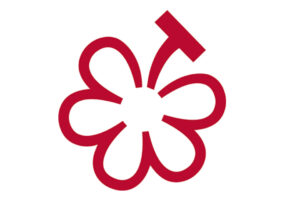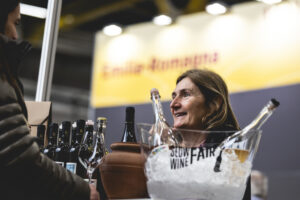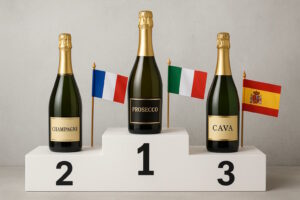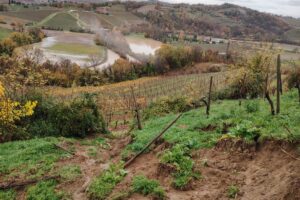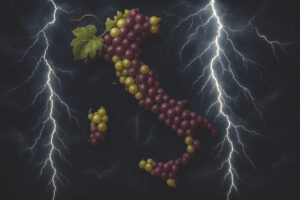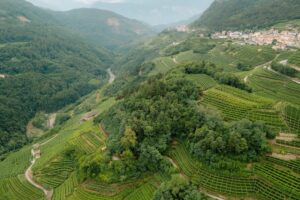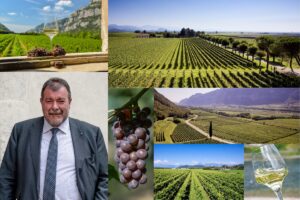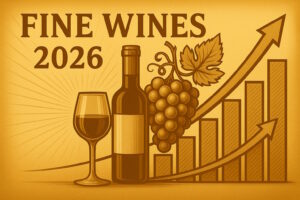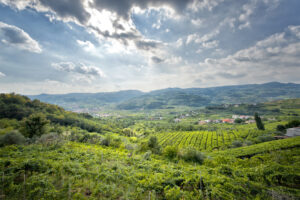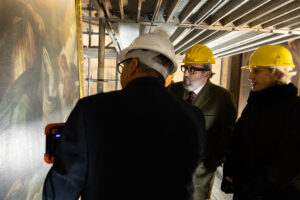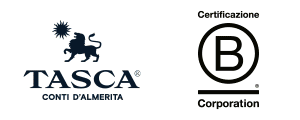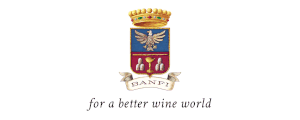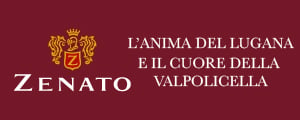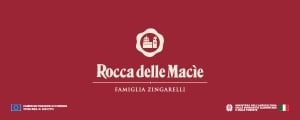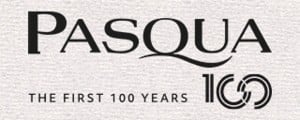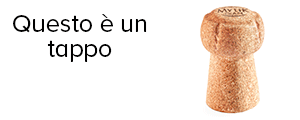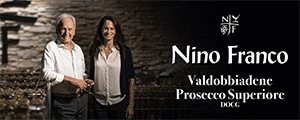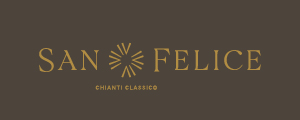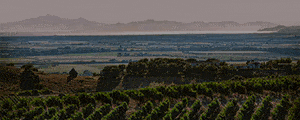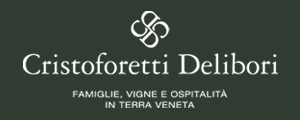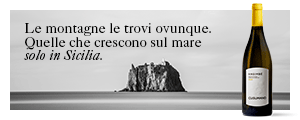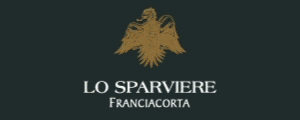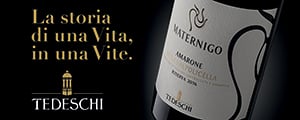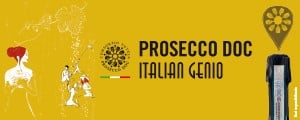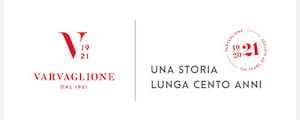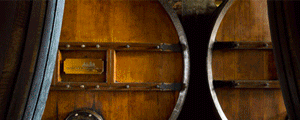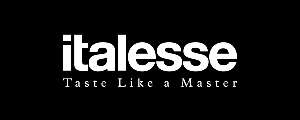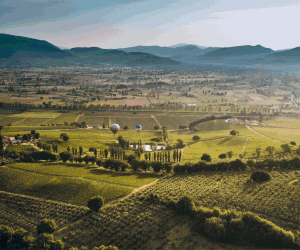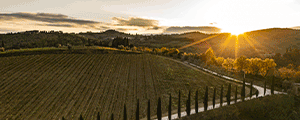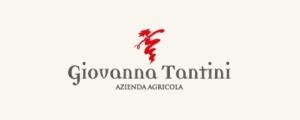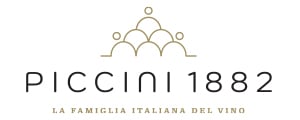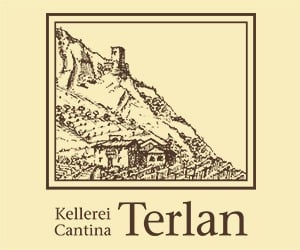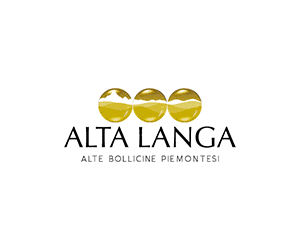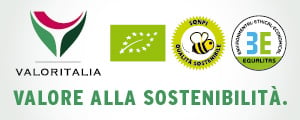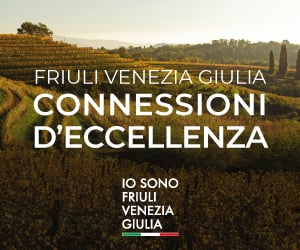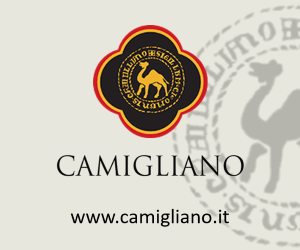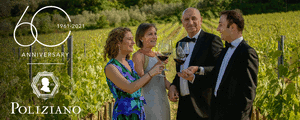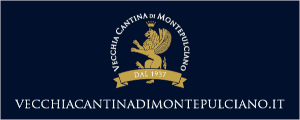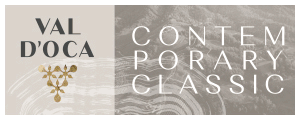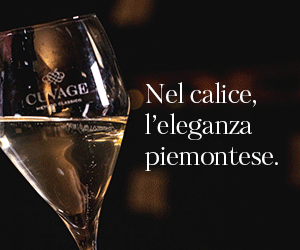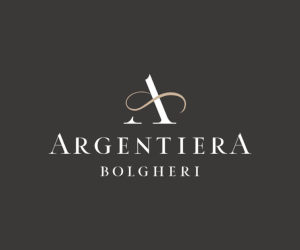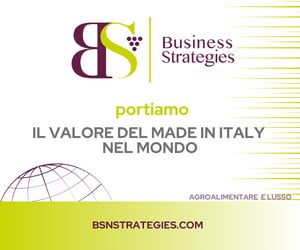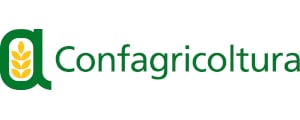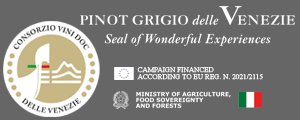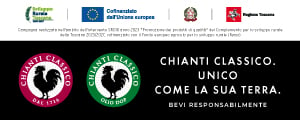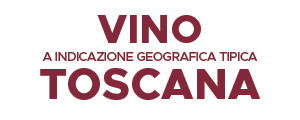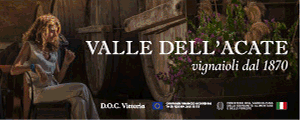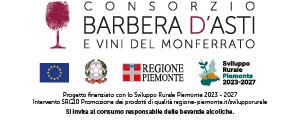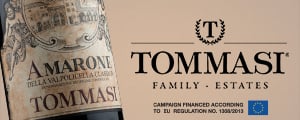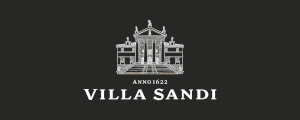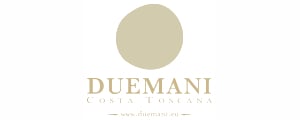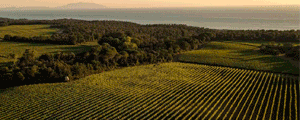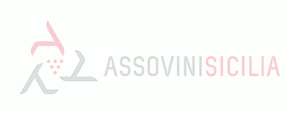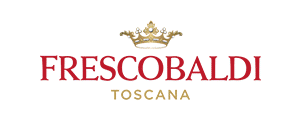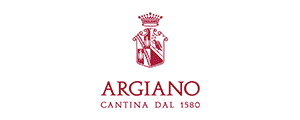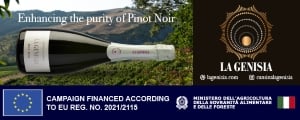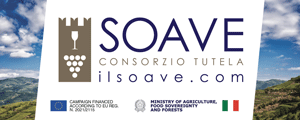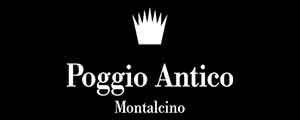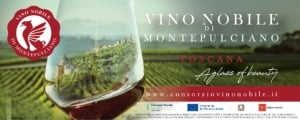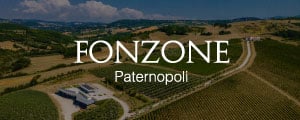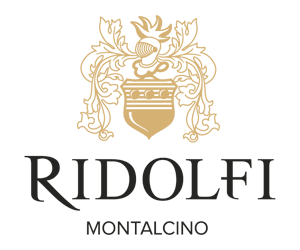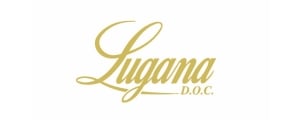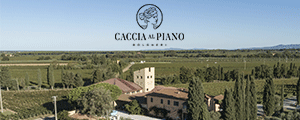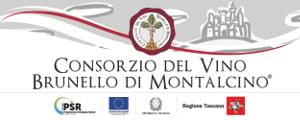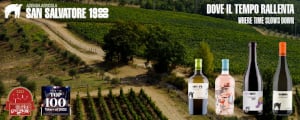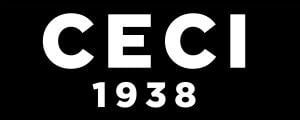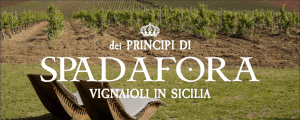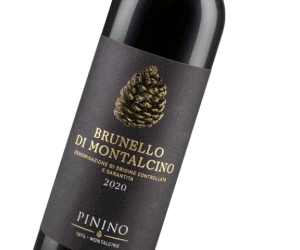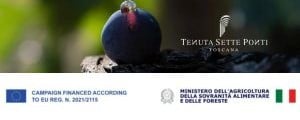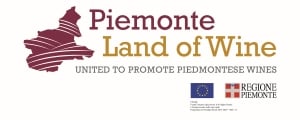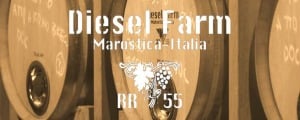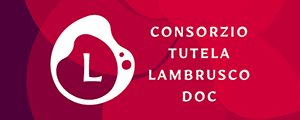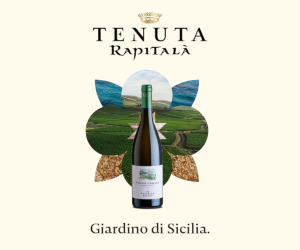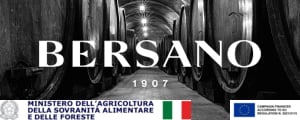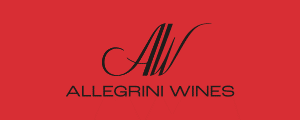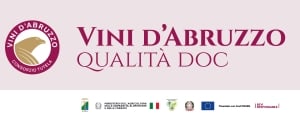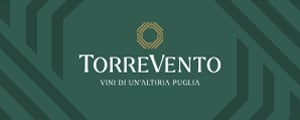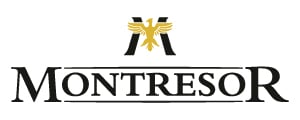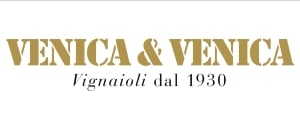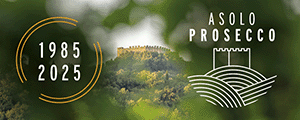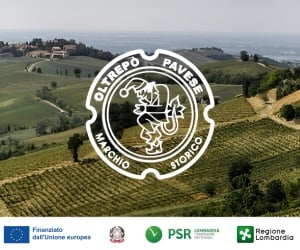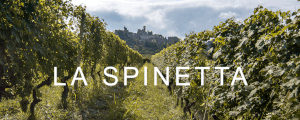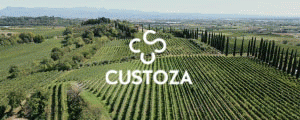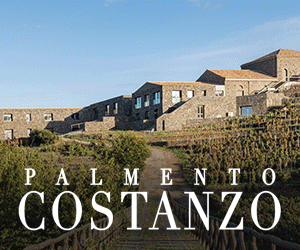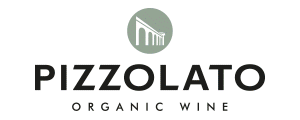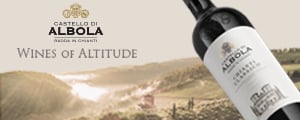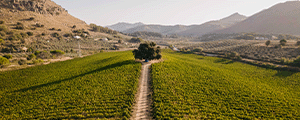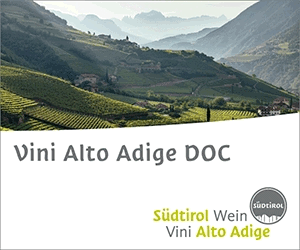“We must govern the limit”: it is the path to follow for the future of the sector indicated by Angelo Gaja, the “artisan” of Italian wine for excellence, and one of the most admired Italian wine producers, in the last days, on “Corriere della Sera”, in a face to face interview with Luciano Ferraro, the vicedirector of the newspaper. According to him, after years of growth which brought Italy of wine at the first world place in production, and a “horrible year” among dropping consumption, in Europe, as well as in America, anti-alcohol healthy wind blowing in Western, still high stocks in Italian wineries, which arrived to the harvest with the equivalent of an other harvest, climate change effects which make it uncertain (and bring consortia to reduce yields), and, last but least, 15% duties imposed by Trump administration in the Usa, the first market (with 1.9 billion euros out of total 8.1 in 2024 which made a new export record register), “the golden period of Italian wine seems far”, so that, in the last days, reunited at Palazzo Chigi in Tavolo Vino with Prime Minister Giorgia Meloni, and Ministry of Agriculture Francesco Lollobrigida, wine supply chain “proposed to uproot part of Italian Vineyard”. Uprooting and distillation are “extreme measures on which one continues to debate”, and “I wonder if practices coherent with the control of limit are desirable”, states Angelo Gaja looking also to a very near future, seen that harvest 2025 has already moved the first steps among Italian vineyards, and there are already those who go too far in forecasts estimating it at around 45 million hectoliters in quantity - but, danger to brush against 50 is also talked about, after 48 million produced in 2024, as vicedirector of “Corriere della Sera” Luciano Ferraro recalls, ed - and quality is optimal. Rather, it would be better to reason in wider terms, states Gaja, according to whom, “a yearly production between 35 and 42 million hectoliters would be perfect. Also for the effects of climate change, in addition to consumption drop. Produce less, but better”. This is to ensure that market and production can rebalance by lowering “the limit of table wines from 400 to 250 quintals of grapes per hectare. Giving dignity to these wines again”, is one of the measures indicated by Gaja. “Secondly: impede to produce table wines with table grapes”, he adds reaffirming that “the mother of all reforms would be the reduction of bureaucracy for wineries anyway”. But, still underlines Gaja, “it is right to ask for public aids, but who supplies money, he/she must be attentive, funds need to foster the entire sector, and not individuals”. And, if on duties, which are “a business risk”, and will hit all the sector, Gaja tells “wait, negotiation is ongoing. We hope in a less punitive threshold. We must be patient, there’s no use worrying before it’s necessary” (with wine still hoping in “zero-for-zero”), as to consumption drop, he talks more about conjuncture rather than structural crisis - as many difficult moments that the sector coped with in the past, as the same Gaja recalled retracing “The path of Italian wine” in front of President of Republic Sergio Mattarella, in the last “Forum” No. 44 of Wine and Oil Culture by Sommelier-Fis Italian Foundation, in Rome - and, for this reason, “producers must be able, as far as possible, to operate as always in Western markets. But, they also have to explore Asiatic and African markets where consumers are often used to drink very alcoholic drinks. Thode consumers need to be educated to lower alcohol level by drinking wine which contains culture”. For this reason, no alcohol wines “won’t be able to compete with “king” table wine”. “The human factor - concludes an “optimistic” Angelo Gaja - is our strength”. It ensures that “producers export not only wine, but also Italian identity and poetry. They move the curiosity that pushes tourists coming to Italy. Wine consumption has been declining for decades, yet we’ve always moved forward. And we will continue to do so. With realism, because the world is changing”. So, as also emphasized by WineNews director Alessandro Regoli on “Avvenire” newspaper, always in the last days, in an article where journalist Andrea Zaghi recently analyzed the challenges of the sector during harvest season, “concerns are real. It is fundamental to manage production limits to keep the market balanced, especially in terms of wine and grape profitability”. At stake, there is a sector worth over 14 billion euros, with 241,000 companies, 675,000 hectares of vineyards, 8.1 billion euros in exports, and giving work to 1.3 million people.
Copyright © 2000/2025
Contatti: info@winenews.it
Seguici anche su Twitter: @WineNewsIt
Seguici anche su Facebook: @winenewsit
Questo articolo è tratto dall'archivio di WineNews - Tutti i diritti riservati - Copyright © 2000/2025












